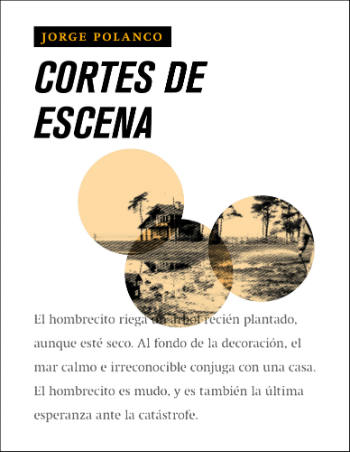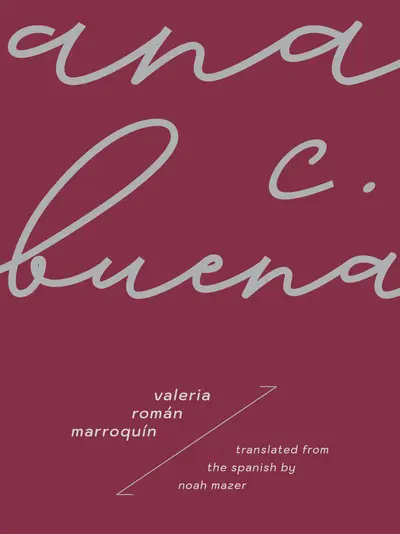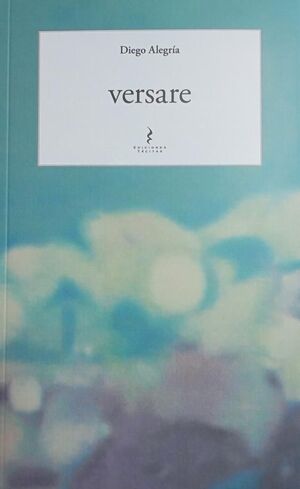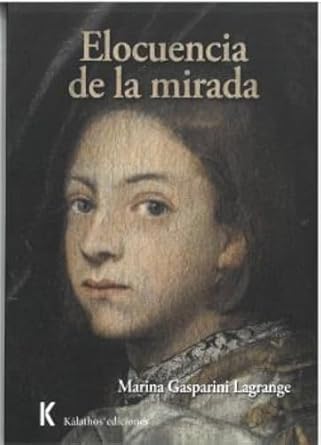Cortes de escena. Jorge Polanco. Barcelona: Isofónica. 2019. 81 pages.
 The search for the just image, for minimal, condensed stories that open up or plow through a certain nostalgia for a moment, lost like a stain that is impossible to get out. In Cortes de escena [Scene cuts] (Isofónica, 2019), Jorge Polanco tries to reconstruct beauty from the margins, as if meaning were housed in an escape or a return, away from or toward writing.
The search for the just image, for minimal, condensed stories that open up or plow through a certain nostalgia for a moment, lost like a stain that is impossible to get out. In Cortes de escena [Scene cuts] (Isofónica, 2019), Jorge Polanco tries to reconstruct beauty from the margins, as if meaning were housed in an escape or a return, away from or toward writing.
The author dredges up memories and blends them into stories and little sentences, fragments of an impossible place that cannot be taken by siege. Multiple perspectives and changes of focus lead us to the meaning of the image; they stir up its memory, the darkness and the wound brought on by the pursuit of its full portrait.
The book begins with a delicate and direct gesture, an epigraph by Godard: “Not a just image, but just an image.” From this point, the author assembles a corpus of sixty-six minifictions, neither divided nor split up, except by their titles, which succeed in delimiting and “cutting” one situation/emotion apart from another. We might insinuate that Cortes de escena contains three latent forms: the photography of the instant, with no apparent judgments; the belonging of the historical past; and reflection on images themselves.
The challenge accepted by the author in this work is that of forming an itinerary that transmits the intermittency of the unsayable; that fabric of memory that is woven out of facts and intuitions, and that is distinguished in these stories by a will to make poetic the chronicle, like a photograph that starts to densify along the way, crystalizing into images more conscious of their condition. In “Café subterráneo” [Subterranean café] there are verses that beautifully intuit this loss of register: “Once she told me that memory repeats in her like nudges in the dark,” or when he later affirms: “This is a rite I uphold as a way of nourishing the desert that grows, bit by bit.” Narrative that becomes lyric, prose that perceives returns like rumors of solitude and that will color the narrator’s whole journey.
Cortes de escena as the meaning of indetermination, what will be lost or what is being lost and the challenge of meeting this gaze from a “scene” or a “space,” fixed and external to the observer. The author suggests this act in “Crepuscule with Nellie”: “He travels with the anonymity of a wound and the discontinuous light of words.” Are these the mirages that seek to delimit the indetermination of the image? Does the narrative sprout from the nostalgic desire to return to primeval forms? This is made clear in one of the protagonists of “Gabriela,” a story that reminds us of Mistral: “She encoded our encounter in a nonexistent place, she described a park surrounded by walls and crypts; she paused especially over a journey on which we found ourselves and she haltingly read to me each vowel, only vowels, letting the consonants pass like a river flowing over its banks.” The key here is the author’s intention to pass this search along to the reader; the place of creation, the writing of this initial and unknown drive that is inevitably united with a philosophical conception of reality. From the implicit verses of these stories, concepts appear that are linked to silence or the ineffable, and at once to that which recontextualizes itself: “How is it possible to be in one place. And in another as well?” the author asks, recalling Carver. That is, how is it possible to outline in writing the distance that cannot be cut short, that leaves a print on the surface of a more complex reality, sometimes subterranean, that itself insinuates and puts forth doubts with neither judgment nor closure? One of the stories underlines this dilemma: “Perhaps there comes an age to stop dancing, like there comes an age to stop writing.” And I think, where does the negation/contradiction of writing or being a writer reside? Is this constant distance natural? Language conceived as a barrier that experiences its depth, not its instrumentation nor its beauty, as Barthes would say. The writer has the intention and the pretension of crystalizing this end, coming up with the just image, splitting away from its form and making it language.
All of these ideas are proposed to us implicitly by Jorge Polanco, and they sprout, hang suspended, are diluted, and return with force in multiple stories that, presented in all their density, briefly dictate their most essential element. Just as Roger Caillois demonstrates in Piedras [Stones] that within these objects and in the way in which they find their form there is a sort of reduction, a miniaturization of all the things that exist in the world. Just so, the final stories of Cortes de escena are transformed into secrets, like stones sung to sleep by the hand that writes them. In “Dedicatoria” [Dedication] we read: “Friendship, like literature, was feeling good amongst ourselves in an impossible place.” There is a beauty in the nostalgia left behind by an image, which churns within you and then holds you to account. In this book, the author succeeds in returning to recognize himself, he allows himself to fear this return, this refuge that implies going back to the house of his parents, to the land of rereading, to the destruction that is necessary if he is to believe in forgetting. Who measures and delimits all these surfaces? I remain with an image, the tracks of a carriage that forgets about writing; it underlines it, saves it, burns it like a Ulysses or an Icarus who, out of ambition, freedom, or rebellion, tries to fly in the face of this inevitable fire.
María José Cabezas Corcione
Universidad Austral de Chile
Translated by Arthur Dixon





